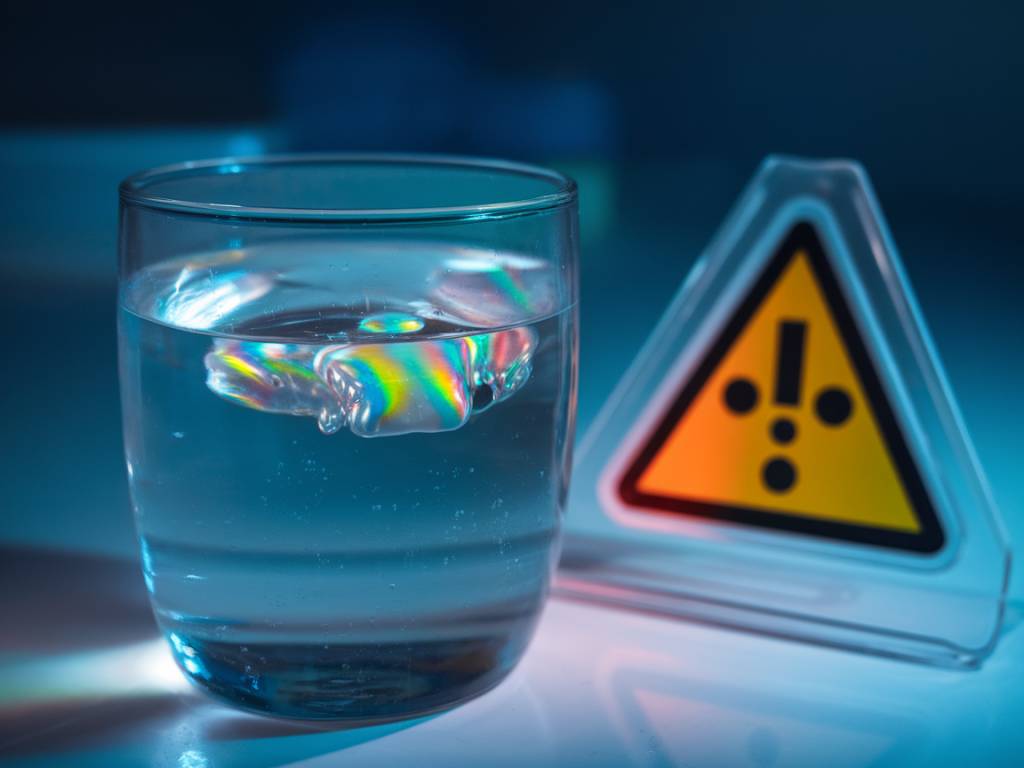The Hidden Dangers of PFAS in Drinking Water: What You Need to Know
Have you ever wondered what’s really in your drinking water? While most of us assume that the water flowing from our taps is safe, emerging contaminants like PFAS (per- and polyfluoroalkyl substances) are becoming a growing concern. These man-made chemicals are persistent in the environment and in the human body, earning them the infamous nickname « forever chemicals. » But what exactly are PFAS, and why should you be worried about them in your drinking water?
What Are PFAS?
PFAS are a group of thousands of synthetic chemicals that have been used in various industries since the 1940s. They are found in everyday items such as:
- Non-stick cookware (Teflon pans)
- Water-resistant clothing
- Food packaging (like grease-proof fast-food wrappers)
- Firefighting foams
- Household cleaning products
Because of their resistance to heat, water, and oil, PFAS do not break down easily in the environment. This means they can accumulate over time in soil, water, wildlife, and even in our bodies.
How Do PFAS Get into Drinking Water?
The problem starts with industrial discharge, landfill runoff, and even firefighting foams used at airports and military bases. These chemicals seep into groundwater and surface water, eventually contaminating municipal water supplies. Even if you don’t live near an industrial site, PFAS can travel long distances in waterways, making it difficult to predict where contamination will strike.
Health Risks Associated with PFAS Exposure
Drinking water contaminated with PFAS doesn’t cause immediate illness, but long-term exposure has been linked to several serious health problems. Scientific studies have connected PFAS exposure to:
- Cancer: Research suggests a link between PFAS exposure and kidney and testicular cancers.
- Hormonal Disruption: PFAS interfere with the body’s endocrine system, potentially leading to thyroid disorders.
- Immune System Suppression: Some studies indicate that PFAS may weaken immune responses, making individuals more susceptible to infections.
- Developmental Issues: PFAS exposure in pregnant women has been linked to low birth weights and developmental delays in infants.
- Increased Cholesterol Levels: Some PFAS chemicals are associated with elevated cholesterol, which can contribute to heart disease.
Given these risks, it’s crucial to know whether your drinking water is contaminated and how to protect yourself.
How Can You Check for PFAS in Your Water?
Since PFAS contamination isn’t something you can see, taste, or smell, testing is the only way to be sure your water is safe. Here’s how you can check:
- Check Your Local Water Report: Many municipalities publish annual water quality reports. Look for PFAS testing results.
- Use a Home Testing Kit: If your water supplier doesn’t test for PFAS, you can use a certified home testing kit to check yourself.
- Consult Environmental Databases: Websites like the Environmental Working Group (EWG) maintain updated PFAS contamination maps.
How to Reduce PFAS in Your Drinking Water
If tests reveal that your water has PFAS, don’t panic—there are ways to reduce your exposure. Unlike some contaminants that can be boiled away, PFAS require specialized filtration methods. Consider these options:
- Reverse Osmosis (RO) Systems: RO filters force water through a semipermeable membrane that effectively removes PFAS.
- Activated Carbon Filters: High-quality granular activated carbon (GAC) filters can reduce PFAS levels, though effectiveness varies by brand.
- Ion Exchange Resins: These specialized resins can help capture and remove PFAS at the molecular level.
Not all filters are equally effective, so be sure to choose products that are certified for PFAS removal.
What You Can Do Beyond Filtration
While filtering your drinking water is an excellent step, tackling the larger issue of PFAS contamination requires community and legislative action. Here’s how you can make a difference:
- Support Stronger Regulations: Advocate for stricter limits on PFAS in drinking water by contacting policymakers and signing petitions.
- Stay Informed: Follow news on PFAS regulations and studies to stay updated on emerging solutions.
- Reduce Personal PFAS Exposure: Choose PFAS-free products, such as cast-iron or stainless-steel cookware, and avoid water-repellent sprays and treated fabrics.
PFAS contamination is a growing issue, but awareness and action can lead to change. By staying informed and taking preventive steps, you can protect yourself and your family from these hidden dangers in drinking water.
